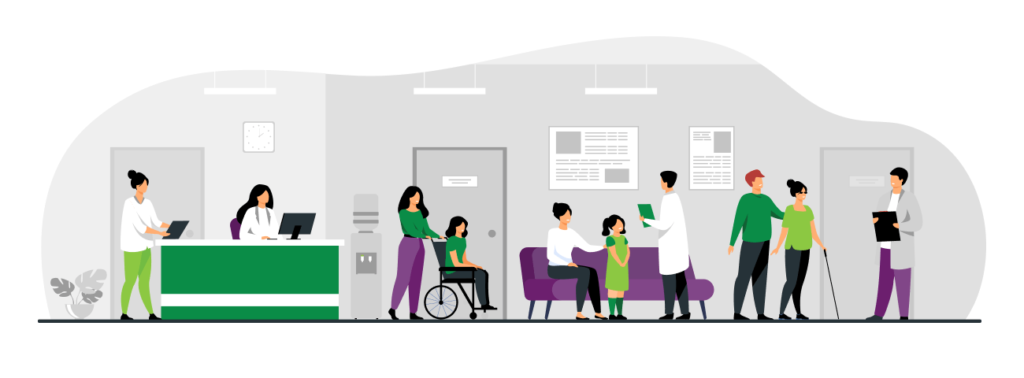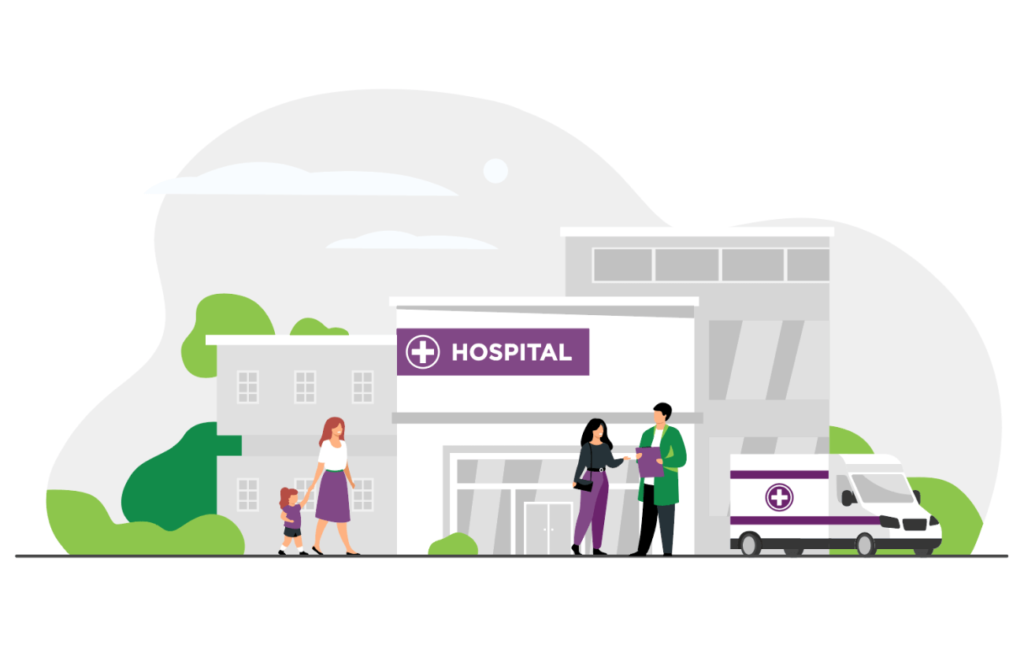How Do We Save Health Care?

The U.S. health care system is complicated, fragmented, and downright expensive. This often leads to patients waiting weeks, if not months for care; patients using emergency rooms when they could have seen their family physician; and medication errors and duplication of services.
What if our system wasn’t so splintered? What if all of our doctors, specialists, hospitals and more were connected and “under one roof” so to speak.
That’s exactly what integrated delivery systems are designed to do.
In its most basic form, an integrated delivery system (IDS) is a network of health care providers connected by data, information systems, and in many cases, payment models. Unlike the traditional network model, where care is often fragmented and financially misaligned, an IDS is designed to provide a seamless and coordinated patient experience, one that gets patients the care they need, when they need it, and does so in a user-friendly, cost-effective way.
Within this self-contained health care ecosystem, the IDS provides patients with a continuum of health care services; from primary to specialty care, acute care and emergency medicine, mental health, prescription drugs, and more.

Not all integrated delivery systems are created equally.
Some systems, like the Mayo Clinic in Rochester, Minnesota, simply integrate a group of medical providers by sharing resources, medical records, and data amongst the providers in that group.
Others, like California-based Kaiser Permanente, have added health plans to the mix. In this model, both doctors, hospitals, and insurers operate under one roof. Meaning, everyone has access to the same claims and clinical data, which allows physicians to make timely and actionable decisions about how to treat their patients. Duplication of health care services are naturally reduced, and gaps in care – for things like missed immunizations, cancer screenings, and more – become much less frequent.
In fact, a series of studies have shown integrated delivery systems improve quality of care with respect to clinical effectiveness, length of stay, medication errors, and medication adherence – especially for patients with chronic conditions such diabetes, hypertension, congestive heart failure, asthma, and depression.
For these reasons, the idea of an integrated delivery system seems like a no brainer. But, it’s not that easy. Locally, payers (health plans) and providers (doctors) contract on an individual basis, with physicians belonging to what’s known as a network of doctors. Even in the best of circumstances, this type of system creates fragmentation and redundancy of services, not to mention confusion and lower quality of care for patients.

CDPHP is working hard to change that.
Founded and guided by local, practicing doctors, we understand it’s in everyone best interest for health plans and doctors to work more closely together. It’s the reason we pay our primary care providers for quality over quantity, and offer enhanced bonuses to those who meet our tough standards for quality and patient satisfaction. It’s also the reason we’re building the so-called “Doctor’s Office of the Future” in Clifton Park, where we’re bringing together five local specialty practices under one roof, and providing those practices with the back office support they need to focus more on taking care of patients, and less on administrative work.
There’s a fundamental need for health care’s two largest parties to start working more hand in hand. For health plans, it makes great sense for us to align with providers, who not only control the quality of care our members receive, but nearly 85 percent of all health care spending. For providers, the opportunity to integrate allows doctors to see, understand, and treat the whole patient. If that’s not enough of a reason, the final reason we need true integration is because it’s simply the right thing to do if we want to improve the quality and experience of care we provide our community.
 The Daily Dose
The Daily Dose
Comments are closed.